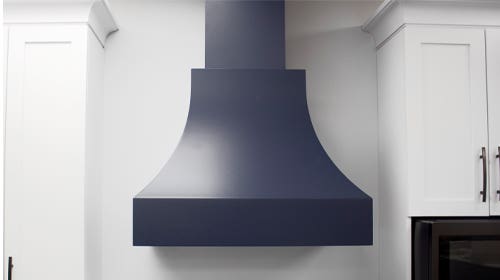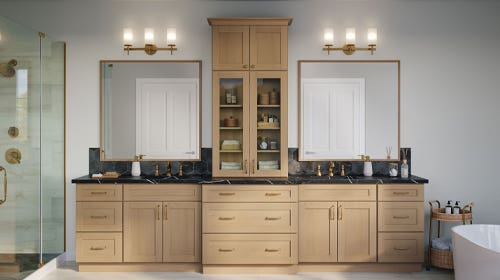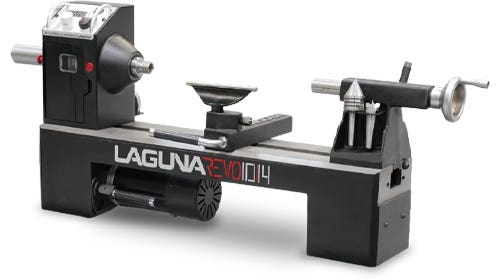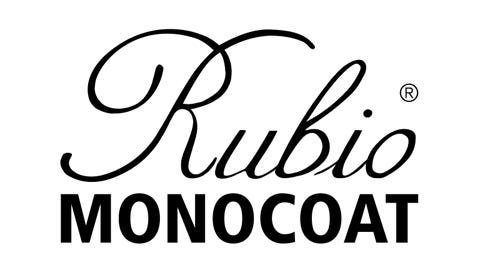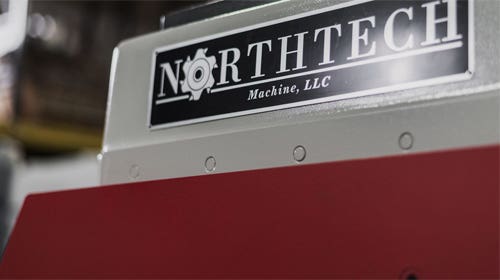Louisville Slugger celebrates 125 years
Longtime family-owned Hillerich & Bradsby Co. built its first bat in 1884 and is a staple of major league baseball {loadposition position10} Hillerich & Bradsby Co., the manufacturer of Louisville…
Longtime family-owned Hillerich & Bradsby Co. built its first bat in 1884 and is a staple of major league baseball
{loadposition position10}
Hillerich & Bradsby Co., the manufacturer of Louisville Slugger baseball bats, is celebrating its 125th anniversary during the 2009 baseball season. The Louisville, Ky., institution made its first baseball bat in 1884 and is now a fifth-generation family-owned company. The company was founded by a German immigrant family of woodworkers that came down the Ohio River and settled in Louisville. They set up a woodworking shop and made products of that era including butter churns, porch railings, bowling pins and other items. It is considered a great American success story.
"The son was a baseball fan and doing an apprenticeship in his father's woodworking shop and there was a pro team, what would be considered a major league team in that era, called the Louisville Eclipse," says Rick Redman, company spokesman. "As rumor has it, a player broke his bat and [the son] asked [the player] if he would like to come over to his father's shop and he would make him a new bat. The legend is that they did just that and they took the wood off the lathe, tried it, put it back on, until they got it just the way he wanted it, and he took the bat to the ballpark, went 3 for 3 the next day. The Eclipse won the game and thus the Louisville Slugger was born."
Today, more than 8,500 professional baseball players have been under contract with Louisville Slugger. They have included legendary players such as Ty Cobb, Babe Ruth, Lou Gehrig, Joe DiMaggio, Ted Williams, Jackie Robinson, Mickey Mantle and Hank Aaron. When it comes to baseball bats, "Louisville Slugger" is the name.
"The Louisville Slugger name is iconic," Redman says. "It is synonymous with baseball and, when people think of baseball bats, if you ask them the name of a baseball bat, they think of Louisville Slugger.
"The other thing is the Hillerich family and their feeling of stewardship for the game of baseball and this company and keeping it part of baseball. They could have sold this thing many times; they've had countless offers. They could have reaped huge financial awards and gotten out of it. But they feel a stewardship to baseball, they feel a stewardship to our community of Louisville as a prized possession and a crown jewel of our community. It's a landmark, there's no question."
The company has about 275 employees, which includes workers in Louisville, sales reps around the country and the timber division in New York and Pennsylvania. The company makes about 50,000 bats for the major and minor leagues, sporting goods stores, and as souvenirs. Ash was always the choice of wood, but within the last 10 years maple has become an equally favorite choice.
"We own about 6,500 acres and, even at that, it's not enough for us to get as much high-quality timber as we need to make high-quality baseball bats. So we work with a lot of independent loggers as well," says Redman.
A potentially huge problem for the company is the emerald ash borer, which has been found in at least nine states and not far from the company's timber area.
"It's one of those things that we are really watching closely and our timber division up in New York and Pennsylvania is doing the same ... Two summers ago, they discovered it in a county where we start harvesting our wood. It's a little close for comfort. There's really not a whole lot we can do except in the communication of telling people to stop moving firewood."
The recent introduction of maple baseball bats has caused a controversy. Many believe the bats are more likely to break and splinter, increasing the possibility of serious injuries.
"We still believe that ash is still the best wood for making major league baseball bats," says Redman. "We make maple because customers have asked and demanded it and as many as 50 percent now use maple ... Some of the players who use maple think that it is harder and, if you look at the cell structure and the grain structure, it is. But the problem with maple is that it is not as consistent as ash. It's harder to find high-quality maple for making major league baseball bats. With ash, when they look at the billet on the outside and grade it, they can tell whether or not it is going to make a quality bat. With maple, it may look that way, but sometimes when they put it on the lathe, there is some kind of defect on the inside that wasn't visible."
The Louisville Slugger Museum and Factory is a popular tourist attraction, accommodating more than two million visitors within the last decade.
Contact: Hillerich & Bradsby Co., 800 W. Main St., Louisville, KY 40202. Tel: 502-585-5226. www.slugger.com.
This article originally appeared in the September 2009 issue.


